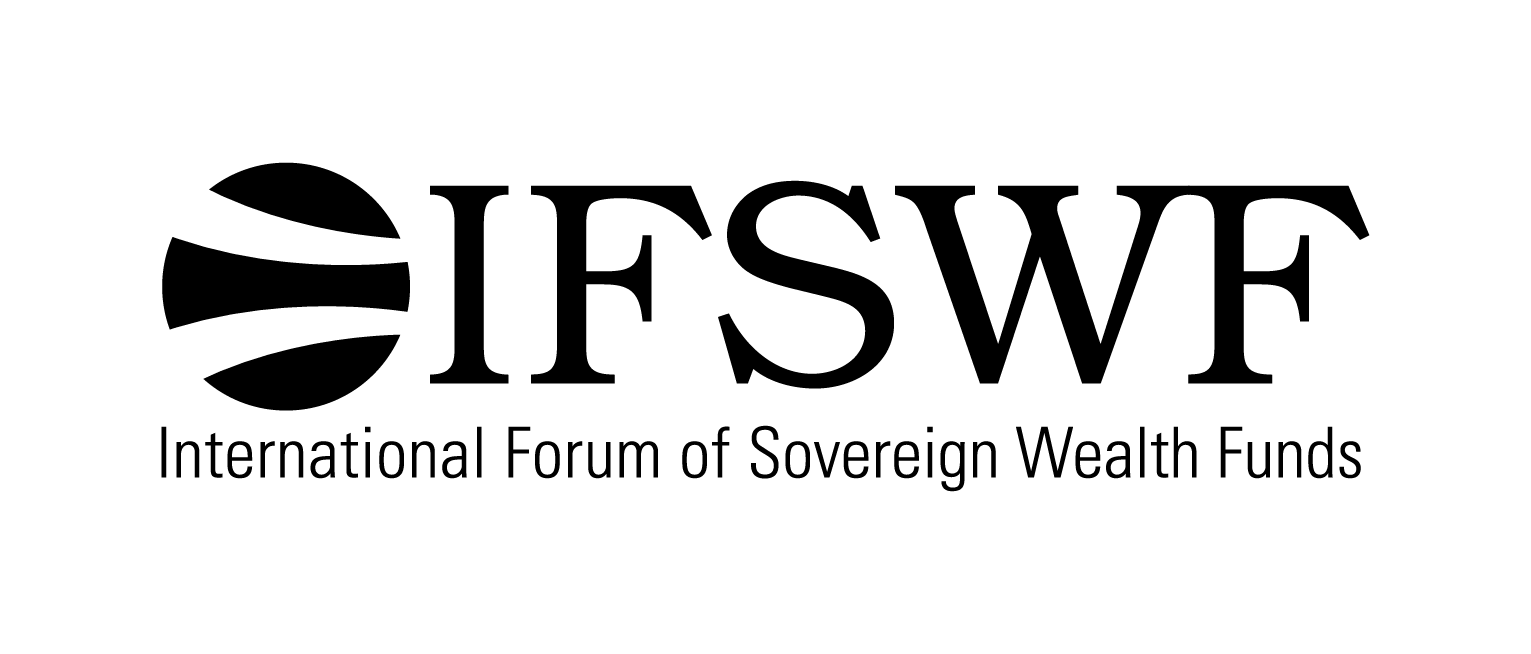Not every SWF has a single objective. Many funds combine two or more of the objectives, mixing stabilisation, savings and development.
While these hybrid funds arise all over the world and include the China Investment Corporation, the Trinidad and Tobago Heritage and Stabilisation Fund, and the State Oil Fund of Azerbaijan, they are particularly common in developing economies in sub-Saharan Africa. Many of these nations created their SWFs following the commodity super-cycle of the 2000s, which led to a boom in resource revenues.
Locking away capital for future generations is clearly inappropriate for countries with high levels of poverty or pressing infrastructure-development needs. For this reason, African countries have created innovative SWF structures that often integrate sub-portfolios dedicated to discrete objectives.
For example, the Fundo Soberano de Angola allocates a third of its portfolio to international securities such as Treasury bonds and developed-market equities, and the remainder of its assets to private-equity investments in Angola and elsewhere in sub-Saharan Africa to support “socioeconomic development”. Similarly, Botswana uses its Pula Fund, sub-Saharan Africa’s oldest SWF, for a combination of savings, stabilisation and development.
Case study: Nigeria Sovereign Investment Authority (NSIA)
In 2004, Nigeria created a fund called the Excess Crude Account (ECA), designed to manage its oil revenues for both savings and stabilisation purposes. As oil prices surged during the 2000s, ECA collected a large proportion of the government’s revenues. But ECA also had a poorly-defined legal mandate, which meant its savings were subject to wrangles between the federal government and state governors.
In 2012 Nigeria launched a new SWF, NSIA, to rectify these problems. NSIA has a clearer and more-legally rigorous mandate than ECA: it is divided into separate, ring-fenced pools of capital, each of which has a different objective: a Future Generations Fund, an Infrastructure Fund and a Stabilisation Fund.
As of end-2016, the most recent date at which the NSIA disclosed the composition of its investment portfolio, the Future Generations Fund was 43% in cash, 53% in public- and private-equity strategies, with the remainder of the portfolio allocated to commodities and other diversifiers. The Stabilisation Fund also allocates a portion of its capital to absolute-return fixed-income managers (36%) but devotes its portfolio to more-liquid assets such as short-duration Treasury bonds (29%) and time deposits (47%).
The Infrastructure Fund is primarily run by an in-house team and invests domestically, in projects such as bridges and toll roads, alongside commercial partners. For example, NSIA collaborated with construction firm Julius Berger Nigeria to help finance a new bridge over the Niger River connecting the cities of Asaba and Onitsha. The Infrastructure Fund has also made investments in telecommunications and healthcare.


